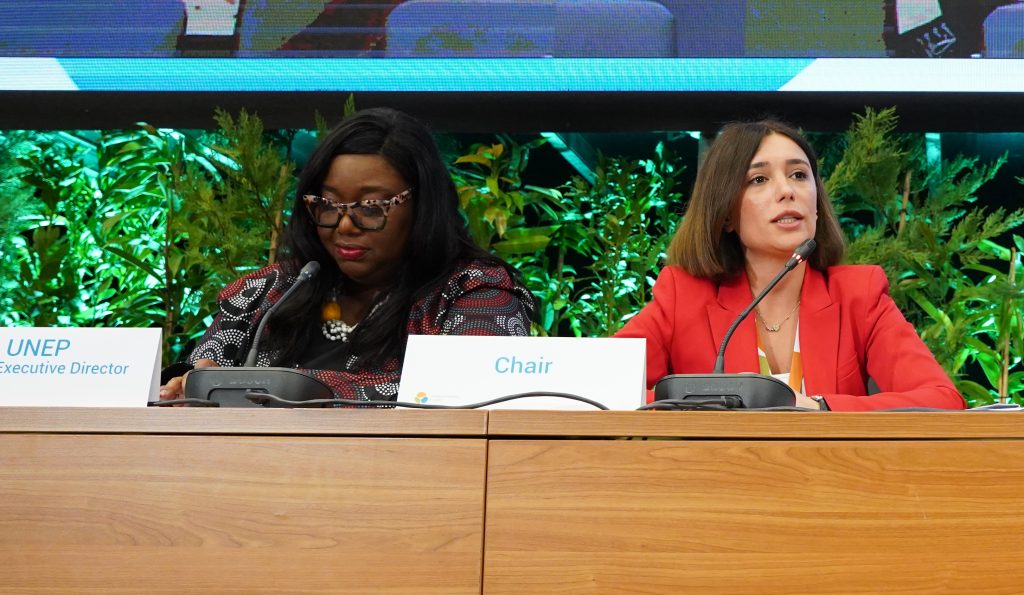Keynote speech by Ms Sonja Leighton-Kone, Executive Director of UNEP, at the session ‘Greening the economy in the pan-European region: working towards sustainable infrastructure’

Excellencies, distinguished guests, friends and colleagues,
Growing up in Jamaica we craved what many on the island now take for granted. Electricity so we could read and study. A constant supply of water. Proper sewers. Roads that weren’t potholed. We knew that better infrastructure meant a better life.
Europe has already secured that life for so many of its citizens. Access to basic drinking water is consistently above 90% across the pan-European subregions. Sanitation, access to electricity, and telecommunications coverage are all extremely high. These are incredible achievements that have grown economies, increased jobs and improved lives.
But there is a dark side to this progress. The region’s vastly developed infrastructure is one of the biggest drivers of the triple planetary crisis of climate change, biodiversity loss and pollution.
In Europe the construction sector alone is responsible for:
- Half of all materials extracted;
- Half of all energy consumed; and
- One third of the water used.
Europe’s infrastructure is one of the main reasons why waste is still rising in the region, why air pollution is getting worse. And when we build big infrastructure projects, we concrete over, fragment and degrade crucial habitats and ecosystems, destroying the richness and diversity of life that is so fundamental to our well-being and long-term prosperity.
So, this begs a question. Can we really call this form of development “progress” when the costs are so extreme? When our search for the better life leads to polluted rivers, polluted lungs, and a hotter world? When the development we crave leads to the destruction of our only life support system, and the very foundation of our health and survival?
So another question arises: how do we continue to improve the lives of people in the region without undermining humanity’s long-term ability to flourish as a species?
Answering this question is one of the biggest challenges this region, and humanity, faces.
A major part of the answer lies in how we choose to build the infrastructure of the future. Fail to heed the lessons from the history and we will continue fighting a war with nature that will only have one loser.
But if we can learn our lessons, and put sustainability at the heart of every single piece of infrastructure we build, then we can begin to really deliver the long-term health, well-being and prosperity that people deserve.
To achieve this, we will need to begin by factoring in the cost of pollution, climate risk and the damage to ecosystems into the planning phase of each infrastructure project.
This might sound like a heavy lift, but enormous rewards await those with the courage to follow this path. Done right, infrastructure that puts nature at its heart can:
- $3 trillion in additional annual revenues by 2030; and
- Create 117 million new jobs withing the next 8 years
Investments in renewable energy alone could add over 40 million jobsto the global economy while creating healthcare savings eight times the cost of the investment.
The opportunity to begin this transition right here today is clear. European countries that have relied on post-war infrastructure dating back to the 1950s and 1960s will soon need to embark on large, costly renovation and replacement projects. Existing infrastructure will also need to be upgraded so that it can withstand the climate shocks that are already unavoidable.
It should give countries daunted by these challenges a real boost to know that for every Euro spent on sustainable and resilient infrastructure they can generate four Euros in return.
These massive economic gains are possible at a time when so many countries are facing economic turmoil from the pandemic, the war in Ukraine and the increasingly heavy toll of the climate crisis.
There are positive signs that countries are alive to this potential. Europe is a frontrunner in the global green economic transition. The need to transform infrastructure is gaining extra momentum thanks to the EU’s Green New Deal. And additional funding opportunities are now available thanks to the EU’s taxonomy for sustainable activities.
This is starting to translate into real developments on the ground. Germany is retrofitting a 40,000 sqm department store in Berlin, creating a digital material passport for the building that aims to recycle as many materials as possible.
Austria has created a vertical ecosystem for indoor wastewater treatment, a green façade enabling gray water to be reused as service water and irrigation.
The Governments of Bulgaria, the Republic of Moldova, Romania and Ukraine are restoring a 1000 km portion of the Lower Danube’s floodplain to reduce flood risk, purify water, restore habitat and combat the climate crisis.
These are welcome moves but much more needs to be done. Governments, development banks, and other multilateral sources of financing must do a better job at reducing the perception that sustainable infrastructure investments are risky. Investments in sustainable and resilient projects must be prioritized. The new EU’s infrastructure investment strategy, Global Gateway, is a perfect vehicle for this.
Blended funds and green bonds, loan guarantees, and offtake agreements can all help to attract investment too.
And it’s not just about raising finance and securing investment. Many investors say there is a real lack of sustainable projects to invest in. Education here is key. Giving people the skills and knowledge they need to incorporate sustainability into infrastructure planning and delivery will play a big part in ensuring a pipeline of bankable infrastructure projects that are sustainable and resilient.
So the signs are good but on the ground the transformation is nowhere near the scale we need to see. The infrastructure of yesterday has taken us so far, but it is no longer fit for today. Progress is simply not possible unless it is sustainable, unless the health and well-being of current and future generations is safeguarded by the decisions we make today.
And so it is my sincere hope that European countries can start today to build the infrastructure of tomorrow, and light up a path that shows the rest of the world what a sustainable future looks like, a future in which our species continues to flourish and prosper.
Thank you.









